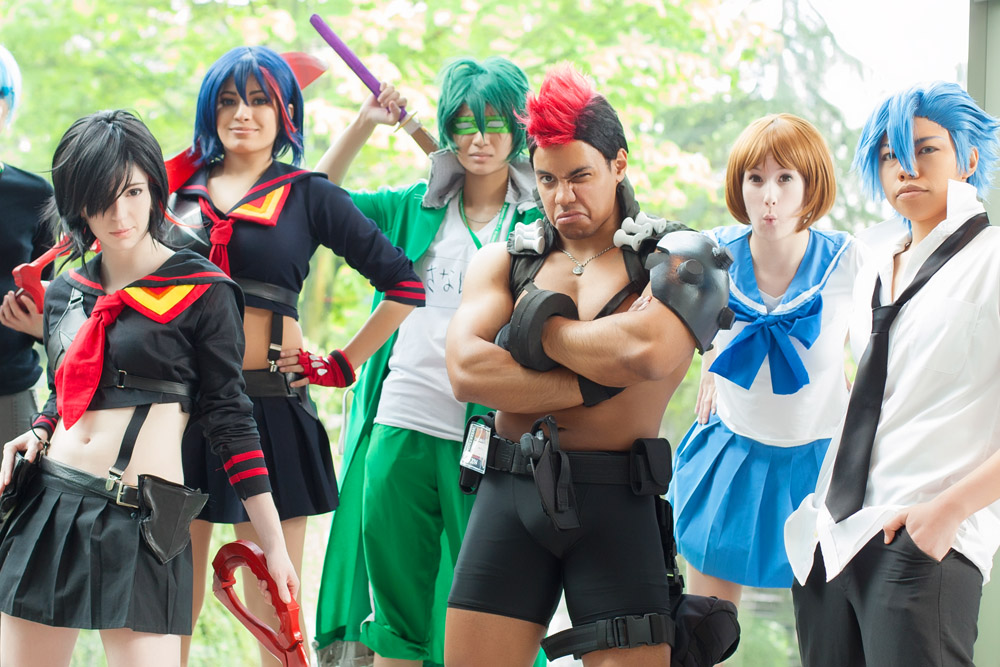College hoops
Once upon a time, a Dean Smith could load up with 16 scholarshipplayers and the two guys on the end of the bench would be goodenough to start at a couple hundred other schools.
Those days are gone, as passe as the notion that all the topplayers will stick around for four years while the coach molds theminto an NCAA championship contender.
The game within the game in the upper echelon of collegebasketball now is about staggering a team, not stacking it. It’sabout getting the right blend of players who will stay for fouryears, some for a fifth after redshirting, along with those who canbe expected to jump early to the NBA.
It’s a process that drives college coaches nuts. Not only arethey trying to fill gaps in their rosters, looking for a guard orpower forward, but they have to figure out which players are likelyto bail out after a year or two.
Duke’s Mike Krzyzewski recruits a Luol Deng and loses him to theChicago Bulls after his freshman year. Another recruit Krzyzewskithought he had, Shaun Livingston, leapt from high school to the LosAngeles Clippers.
The flip side of that problem for the basketball elites is thatit opens the door to small schools who might recruit somewhatlesser players who will succeed by staying together longer.
There was no surprise that powerhouses in the major conferencesdominated the Associated Press Top 25 preseason poll Monday, but noone should be shocked if one or two small schools emerge as FinalFour contenders.
Or, if this year isn’t a repeat of last year, certainly thatwill happen more often in the future than in the past.
The smallest school in the preseason Top 25 is No. 25 Gonzaga,the Jesuit college in Spokane, Wash.
Gonzaga has been a strong presence in college hoops for a longtime. The Bulldogs have appeared in the postseason for 10 of thepast 11 years, including six straight trips to the NCAAtournament.
They finished No. 3 in the final AP poll last year and theirbest player, center-forward Ronny Turiaf, has returned for hissenior year after flirting last spring with the idea of turningpro. Their big losses from last season were two-time conferenceplayer of the year Blake Stepp, the point guard drafted byMinnesota, inside bruiser Cory Violette and three otherseniors.
Gonzaga won 21 straight games last year, and went 14-0 in theWest Coast Conference, after losing early season games to SaintJoseph’s and Stanford. This year probably won’t go so grandly,though they could take down a few giants.
“We’re not just going to go steamroll through this thing like wedid last year,” said Gonzaga coach Mark Few, 133-32 in five yearsas a head coach. “Every game will be a battle for this group.”
He’s probably right, though the team should get a boost byplaying in a new 6,000-seat arena.
“It’s big time,” Few said. “It was time for our facilities tocatch up to the level our program is at.”
In the new world of college hoops, a school like Gonzaga orSaint Joseph’s, which had its own glorious run to the top lastyear, can aspire to a big-time basketball program and a shot at theFinal Four a couple times a decade. The Kent States and Valparaisosare not condemned forever to second-class status.
If nothing else, the Olympics demonstrated that teamwork andmaturity can trump raw talent. The U.S. team had some of the bestpure athletes but lacked the cohesion and experience of the teamsthat beat them.
U.S. coach Larry Brown didn’t have the luxury of picking all theplayers he would have liked, nor did he have the chance to workwith them for months to get them to play like an unselfishunit.
Major college coaches, similarly, have lost some of the cloutand continuity they once had.
“A coach can no longer just go after McDonald’s high schoolAll-Americans,” CBS college basketball analyst Billy Packer says.”For every kid that he takes that’s a potential two-year player, hehas to find a kid that’s a little bit under his radar screen whocan be a fifth-year player so that he can maintain stability in hisprogram. It’s really interesting to watch these coaches try tohandpick these kids.”
None of the big-time coaches wants a one-year player – unlesshe’s that rare standout who can complete a roster and virtuallyensure a national title. See Carmelo Anthony for Syracuse in 2003.Even then, a coach has to recruit other players who will stayaround for five years so he can have veterans when the star jumpsto the NBA.
With only 13 scholarships, it’s much more difficult these daysto maintain a program at a high level than it was even a few yearsago.
No one need feel sorry for schools like Kansas, Duke, NorthCarolina and Connecticut. They’ll survive just fine and keepwinning most of the time. But their problem offers opportunity andhope for the little guys.




